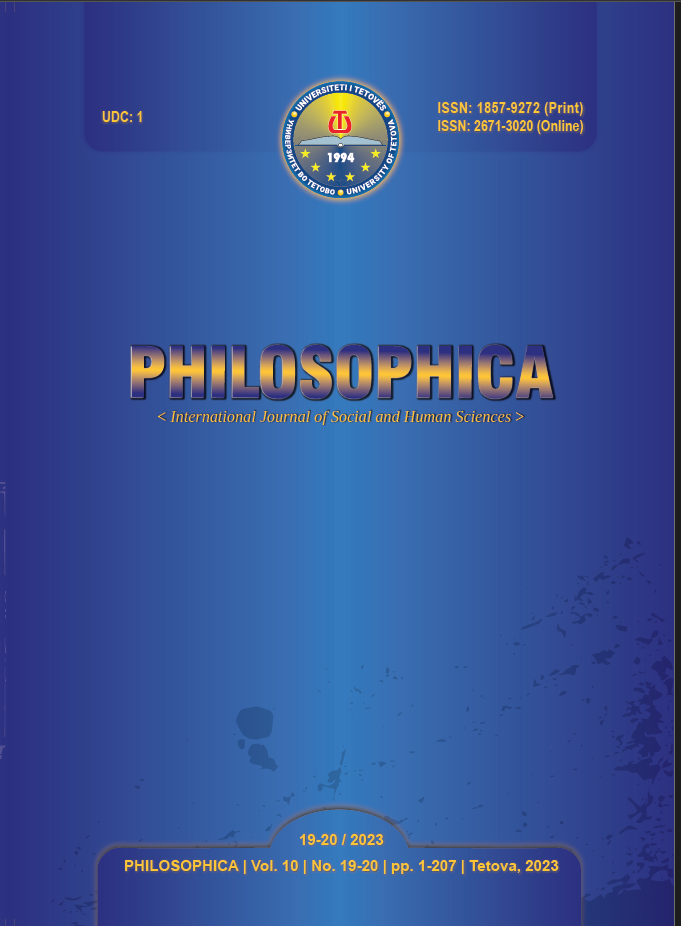RELATIONSHIP BETWEEN SKELETAL DEFORMITIES AND MOTOR COORDINATION IN ELEMENTARY SCHOOL STUDENTS
RELATIONSHIP BETWEEN SKELETAL DEFORMITIES AND MOTOR COORDINATION IN ELEMENTARY SCHOOL STUDENTS
Author(s): Goran SANEVSKI, Goran AjdinskiSubject(s): School education, Health and medicine and law, Sociobiology
Published by: University of Tetova
Keywords: scoliosis; foot deformity; motor coordination; balance
Summary/Abstract: Postural control plays an important role in child development. Spinal deformity is a complex and dynamic change that occurs in the sagittal or coronal planes. The structure and function of the foot are crucial to the control of postural stability. The objective of the study was to examine the relationship between spinal and foot deformities and motor coordination in children attending elementary school. This study included a sample of 105 children, 59 males (56.2%) and 46 females (43.8%), aged 13 and 14 years. We performed physical examination to determine if there are some deformities of the spine and the feet. We also performed three tests for motor coordination: Balance test, Coordination test and Precision test. Results from these tests were displayed as low, medium and high degree of balance. For statistical data analysis we used Fisher’s exact test with level of significance p<0.05. Scoliosis was determined in 63.8% of the children. Foot deformities were present in 76.2%. Pes valgus was present in most of the cases of foot deformity. Majority of children with scoliosis and feet deformities had high degree of balance while standing on one leg. There was statistically significant difference only between the presence of scoliosis and degree of balance on the right leg (p=0.004). There is no relationship between spinal and feet deformities and degree of motor balance in children.
Journal: PHILOSOPHICA International Journal of Social and Human Sciences
- Issue Year: 10/2023
- Issue No: 19-20
- Page Range: 83 - 87
- Page Count: 5
- Language: English

